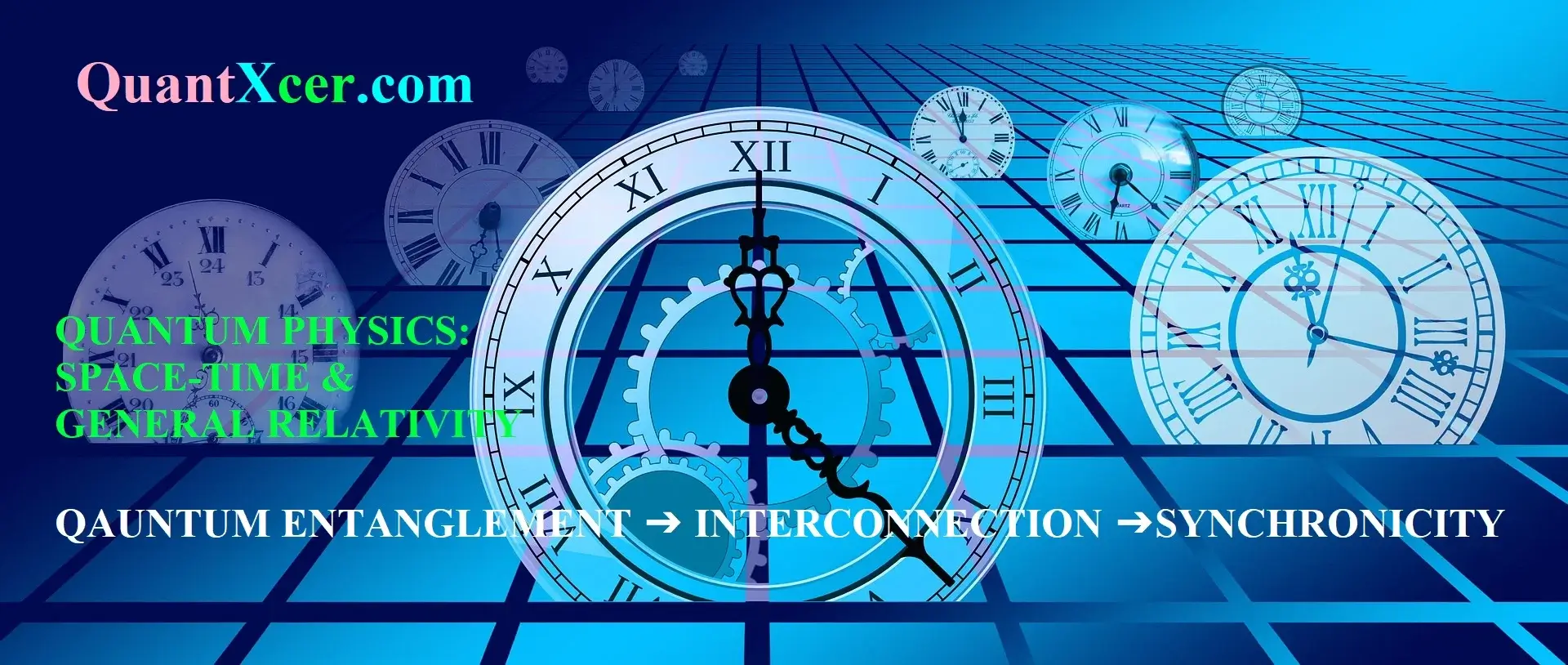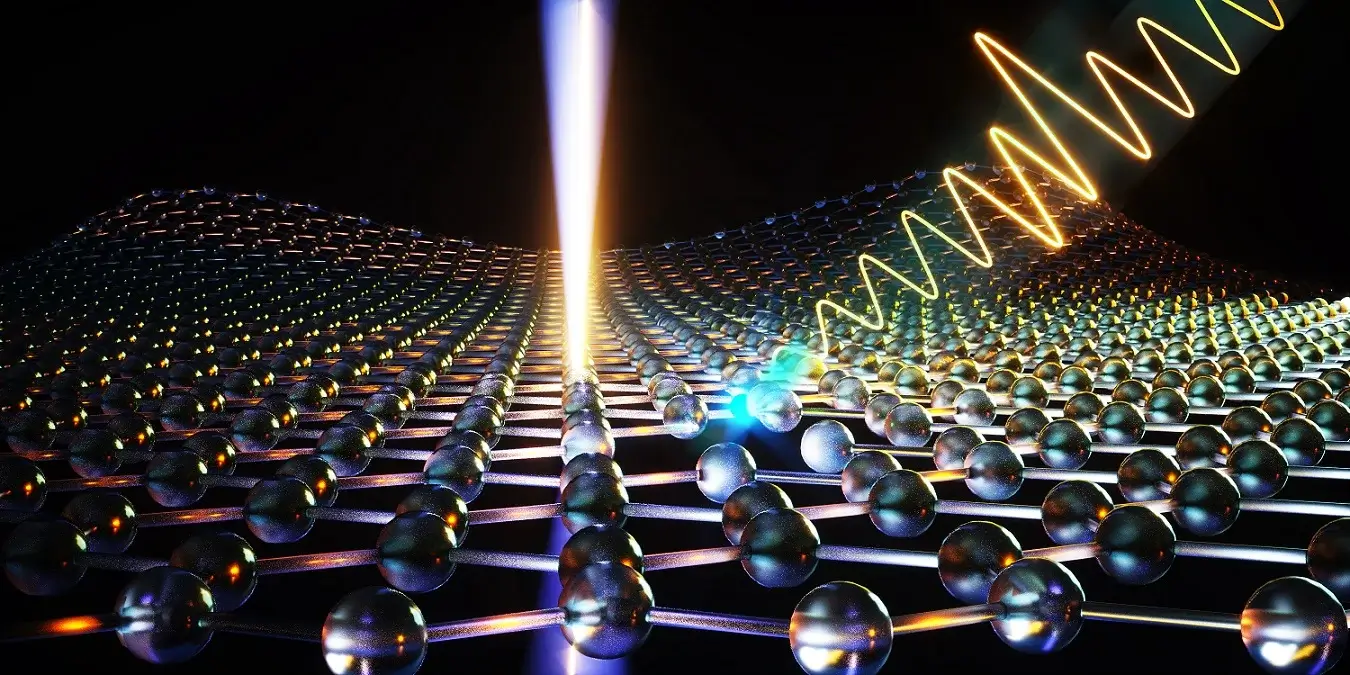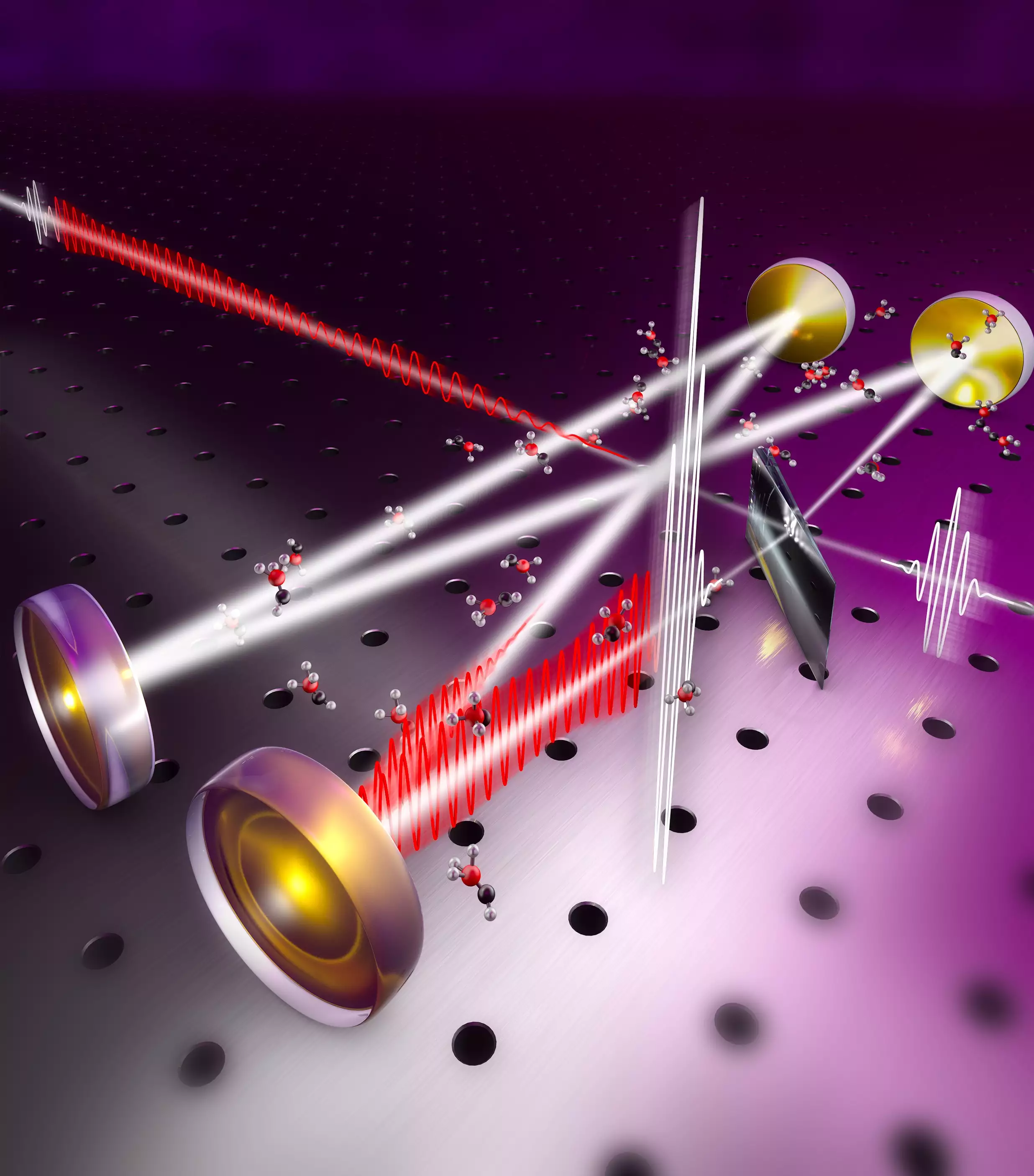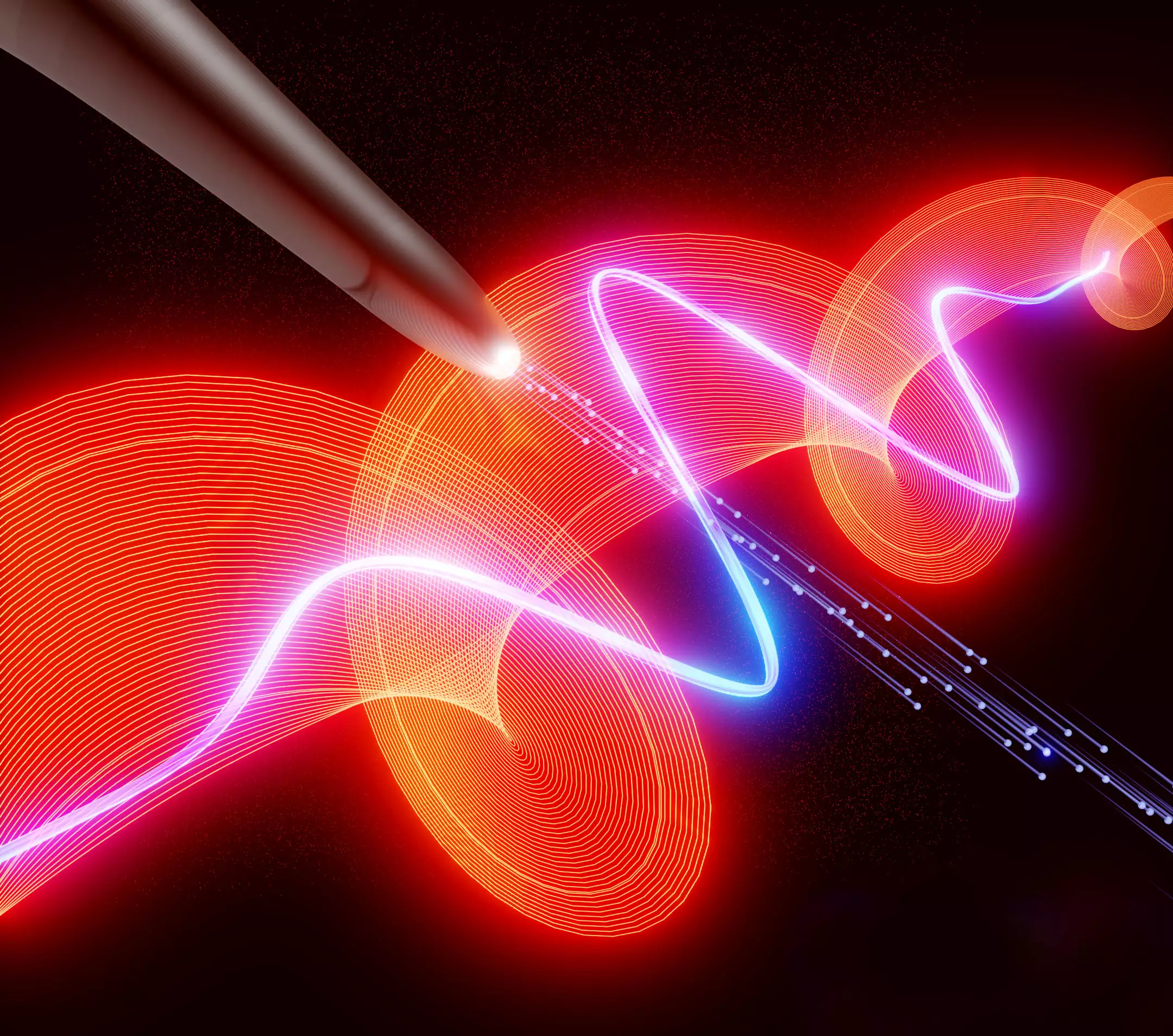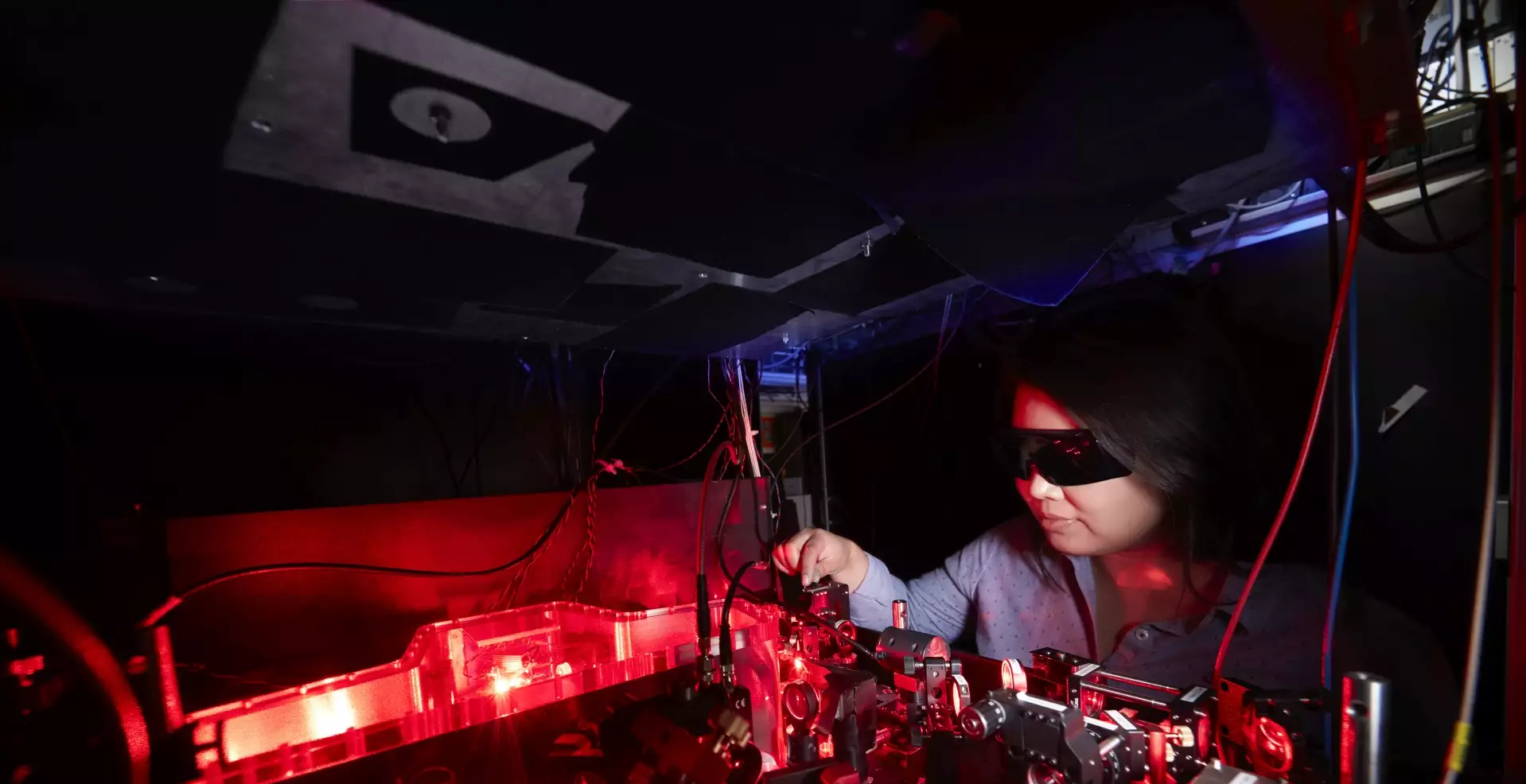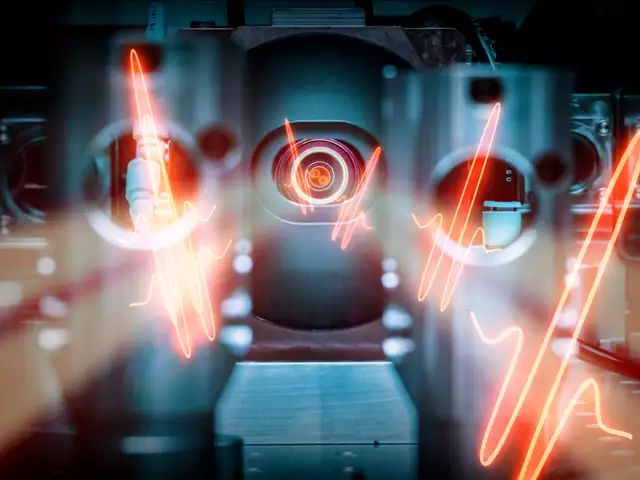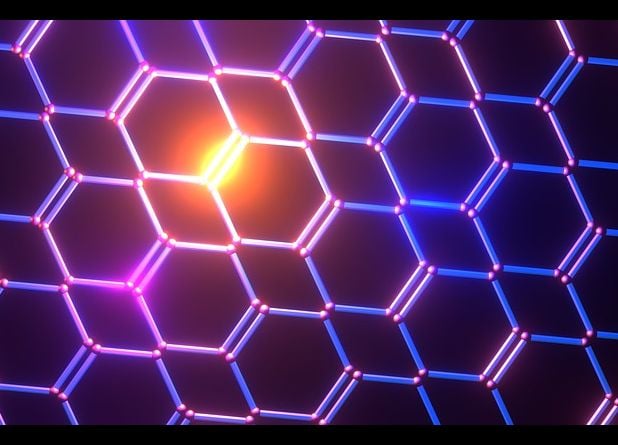TRANSFER OF MOLECULAR ENERGY DRIVEN BY LASER-LIGHT

By using ultrashort laser pulses to cause the atoms of molecules in a solution to vibrate, researchers at the Ludwig-Maximilians-Universitat Munchen (LMU) and the Max Planck Institute of Quantum Optics (MPQ) have developed a precise understanding of the dynamics of energy transfer that occur during the process.
Light strikes molecules, is absorbed, and then reemitted. The level of detail in investigations of such light-matter interactions has continually increased because to developments in ultrafast laser technology. Even more in-depth information is now available through FRS, a technique for laser spectroscopy in which the electric field of pulses that repeat millions of times per second is captured with time resolution after passing through the sample: For the first time in theory and experiment, researchers under the direction of Prof. Dr. Regina de Vivie-Riedle (LMU/Department of Chemistry) and PD Dr. Ioachim Pupeza (LMU/Department of Physics, MPQ) demonstrate how molecules gradually absorb the energy of the ultrashort light pulse in each individual optical cycle, then release it again over a longer period of time, converting it into spectroscopically significant light.
The research clarifies the fundamental mechanics governing this energy transfer. Additionally, it creates and validates a thorough quantum chemistry model that will be utilised later on to quantitatively anticipate even the slightest departures from linear behaviour.
